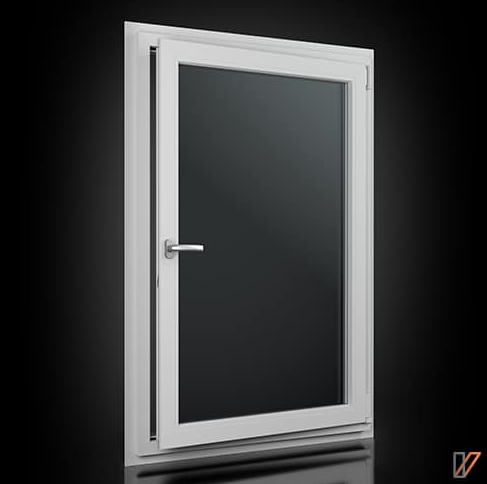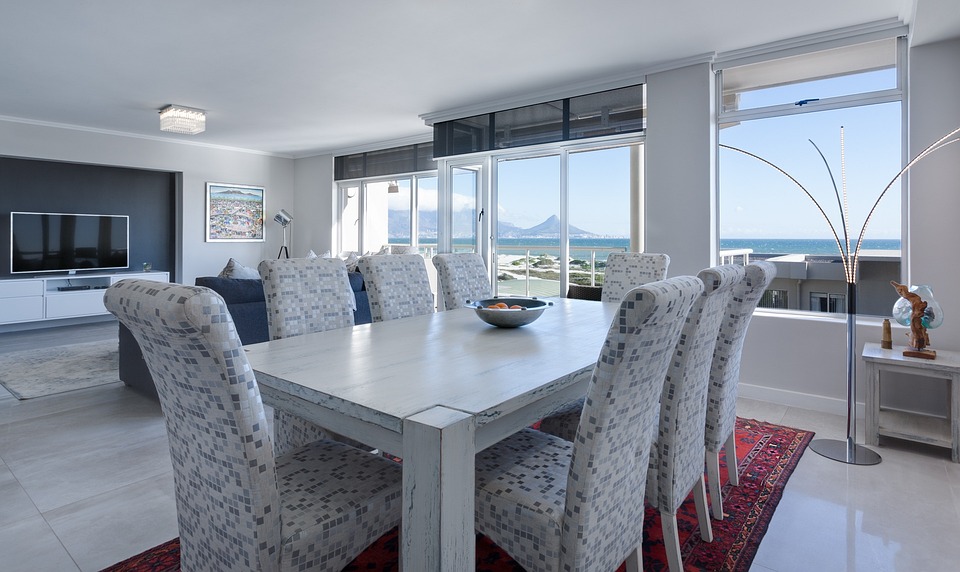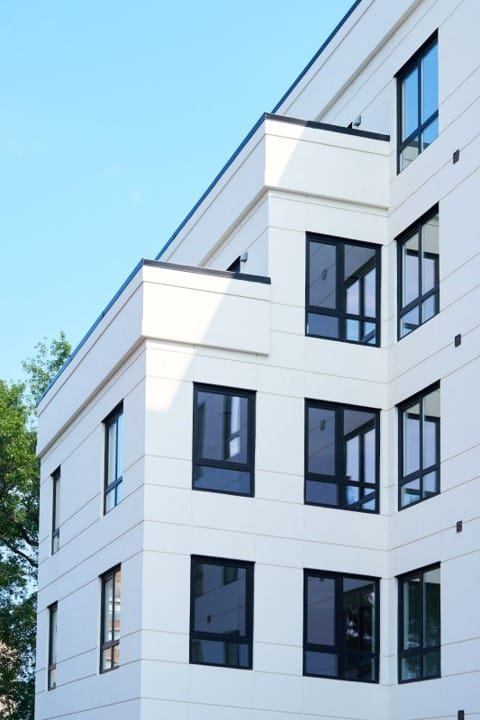What is the NFRC?
When it comes to energy-efficient windows, doors, and skylights, one organization plays a crucial role in ensuring their performance and efficiency – the National Fenestration Rating Council (NFRC).

The NFRC is committed to advancing continuous improvement in the fenestration industry and making buildings more comfortable and energy efficient. They achieve this through a series of rigorous testing procedures and providing energy performance ratings for these products.
NFRC Test Methods
Products are evaluated according to the following and more text methods:
- ANSI/NFRC 100, Procedure for Determining Fenestration Product U-Factors
- ANSI/NFRC 200, Procedure for Determining Product Solar Heat Gain Coefficient and Visible Transmittance at Normal Incidence
- NFRC 500, Procedure for Determining Fenestration Product Condensation Resistance Values
*The condensation resistance results obtained from this procedure are based on controlled laboratory conditions. However, these results do not take into account the impact of factors such as air movement through the sample, solar radiation, and thermal bridging that may occur due to the design and construction of the diaphragm system’s opening.
NFRC 100: Procedure for Determining Fenestration Product U-Factors
The NFRC 100 procedure outlines the specific methods for testing and determining the U-Factor of fenestration products. This procedure takes into account factors such as material properties, product design, and the thermal performance of the overall system.

The U-factor is a key metric used to determine how well a product can keep heat from escaping from the inside of a room. The lower the U-Factor, the better the product is at retaining heat.
This procedure employs computer simulation software to determine the overall thermal transmittance (U-Factor) of a product, encompassing both frame and glass elements. Two-dimensional finite element software calculates the U-Factors of individual window components. The WINDOW and THERM software programs from Lawrence Berkeley National Laboratory (LBNL) are utilized to calculate the U-Factors of the Frame, Edge, and Center-of-Glass (COG).
NFRC 101: Procedure for Determining Thermophysical Properties of Materials for Use in NFRC-Approved Software
To accurately calculate the energy performance of fenestration products, it is crucial to have accurate data on the thermophysical properties of the materials used. The NFRC 101 procedure provides guidelines for determining these properties, including thermal conductivity, specific heat capacity, and density.

The Heat Flow Meter Apparatus (HFM) is used to measure heat flow by employing a cold plate and a hot plate with heat flux transducers. The material being tested is placed between these plates, which are set at different temperatures to create a heat flow. This device is calibrated against known materials to measure the thermal conductivity of flat materials of varying thicknesses and conductivities. For NFRC 101 testing, the average temperature used is 35ºF.This information is essential for accurately calculating the U-Factor, solar heat gain coefficient, and other energy performance ratings of fenestration products.
NFRC 102: Procedure for Measuring the Steady-State Thermal Transmittance of Fenestration Systems
The NFRC 102 procedure focuses on measuring the steady-state thermal transmittance, also known as the U-Value, of fenestration systems. The test procedure involves using a guarded hot box apparatus consisting of a cold and warm room.

The cold room maintains temperatures as low as -22ºF (-30ºC) with fans replicating wind speeds of 15 mph (24 kph). The warm room maintains temperatures up to 100ºF (38ºC) and is enclosed within the guard room, which has the same heating capabilities.
In the NFRC 102 test, the product is placed in a wall between the warm and cold rooms. Steady-state conditions are established with temperatures of 70ºF (21ºC) and 0ºF (-18ºC) and a wind speed of 15 mph (24 kph). The heat flow through the product is measured to determine its thermal transmittance (U-Factor).
This test determines the overall thermal performance of the entire system, including the frame, glass, and any other components. By measuring the U-Value, developers can assess the energy efficiency of different fenestration systems and make informed decisions about their selection.
NFRC 200: Determining Fenestration Product Solar Heat Gain Coefficient
The solar heat gain coefficient (SHGC) measures how well a fenestration product can resist unwanted heat gain from the sun, particularly during the summer cooling season.

This procedure utilizes computer simulation software to determine the Solar Heat Gain Coefficient (SHGC) and Visible Transmittance (VT) of a product, including both frame and glass elements. Models designed for determining U-Factor according to ANSI/NFRC 100 are used to assess the contribution of the framing system to SHGC. The calculations for SHGC and VT are performed using the WINDOW and THERM software programs developed by Lawrence Berkeley National Laboratory (LBNL).
The NFRC 200 procedure calculates SHGC and VT based on summer conditions with an interior temperature of 75ºF (24ºC) and an exterior temperature of 90ºF (32ºC). The NFRC 200 procedure provides guidelines for testing and determining the SHGC of windows, doors, and skylights. By choosing products with lower SHGC values, developers can reduce the amount of heat entering the building, resulting in lower cooling costs.
NFRC 201: Standard Test Method for Measuring the Solar Heat Gain Coefficient of Fenestration Systems
Building upon the NFRC 200 procedure, the NFRC 201 test method focuses on measuring the solar heat gain coefficient of fenestration systems. This includes assessing the performance of the entire system, including frames, glass, and any additional components.
The test utilizes a solar calorimeter, an outdoor device consisting of a room-side chamber mounted on a sun-tracking frame. The chamber maintains an interior temperature of 75ºF (24ºC) while tracking the sun’s position. Clear sky conditions with full sunlight are essential for the test. The heat gain through the product is measured to determine its Solar Heat Gain Coefficient (SHGC).
By evaluating the solar heat gain coefficient of fenestration systems, developers can make informed decisions about their energy efficiency and select products that best meet their needs.
NFRC 202: Procedure for Determining Translucent Fenestration Product Visible Transmittance at Normal Incidence
Translucent fenestration products, such as skylights and light tubes, play a crucial role in bringing natural light into a building.
In this test, photometric sensors are employed to measure the light transmission through the glazing panel at various locations. The panel is positioned to face the sun directly, allowing for measurements of the amount of light passing through at normal incidence.
The NFRC 202 procedure outlines the method for determining the visible transmittance of these products at normal incidence. Visible transmittance measures how well a product is designed to effectively light a space with daylight, potentially reducing the need for artificial lighting and saving energy costs.
NFRC 203: Procedure for Determining Visible Transmittance of Tubular Daylighting Devices
In this test, a Large Diameter Integrating Sphere (LDIS) is utilized according to ASTM E1175 standards. The LDIS tracks the position of the sun and ensures specific incidence angles are maintained.

Photometric sensors are employed to measure the quantity of light that passes through the Tubular Daylighting Device (TDD) and enters the interior space.
By measuring the visible transmittance of TDDs, developers can assess their effectiveness in lighting interior spaces and make informed decisions about incorporating them into their designs.
NFRC 500: Fenestration Product Condensation Resistance
Condensation can be a significant issue in buildings, leading to mold growth, damage to materials, and reduced indoor air quality. The NFRC 500 procedure focuses on assessing the condensation resistance of fenestration products.

This procedure uses computer simulation software to assess product condensation resistance. Two-dimensional finite element software calculates the surface temperatures of window elements.
The higher the condensation resistance rating, the better a product is at resisting condensation. By choosing products with high condensation resistance ratings, developers can help mitigate the risk of condensation-related issues.
How Vistaza can help
At Vistaza, we understand the importance of energy performance ratings and offer a wide range of fenestration products that have undergone rigorous testing and meet NFRC standards. Our team of experts help developers find the ideal energy-efficient fenestration products for their projects. Speak to our experts for help choosing high-quality products that prioritize energy efficiency and sustainability.




